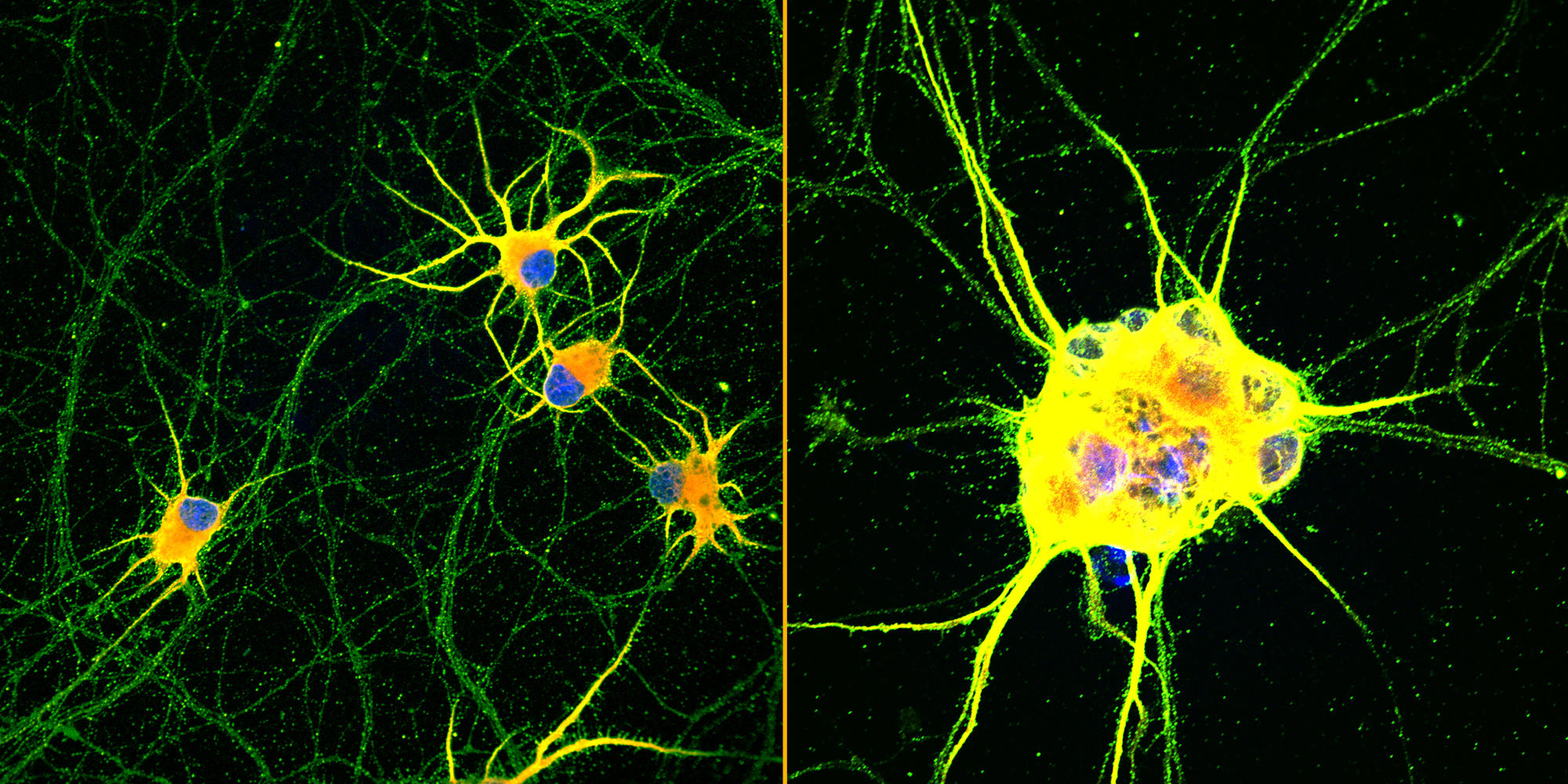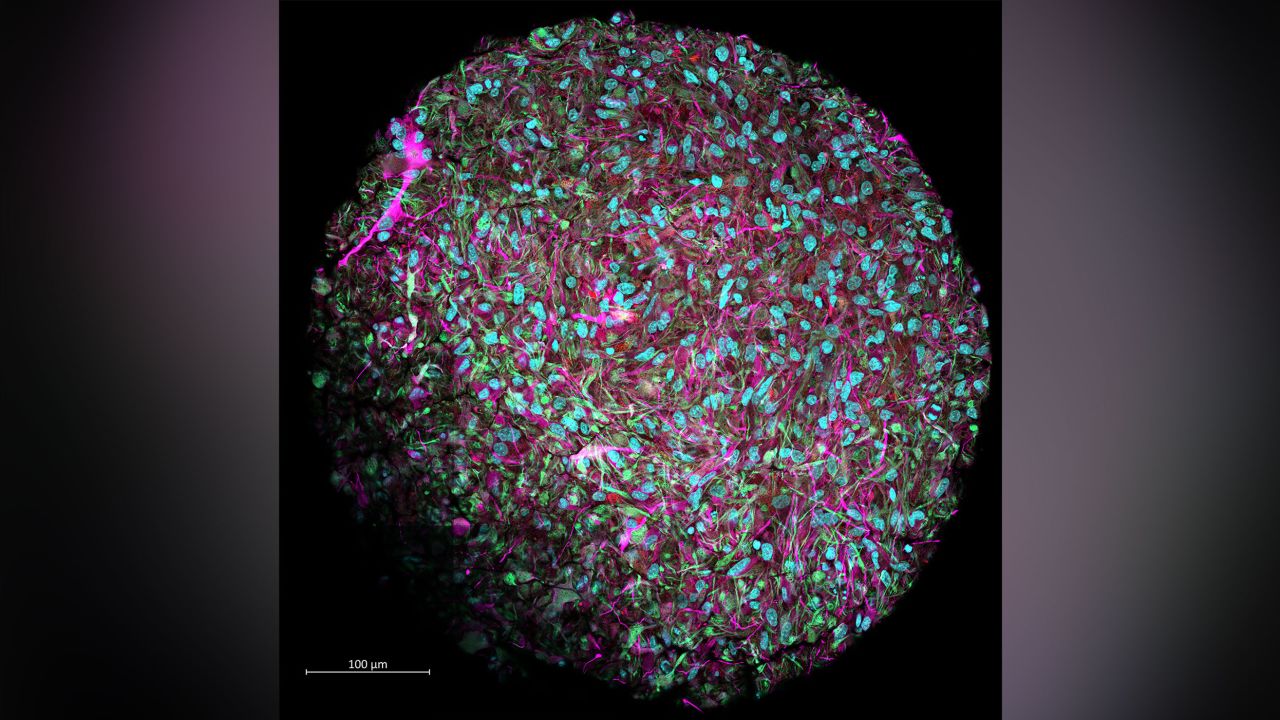This is what earth will look like in ??zillion years as our red dwarf (sun) expands and envelops us. (ref: what we see in our desserts to date; also, life is impermanence) I don't plan on being around to see this happen.
gassho, Shokai
stlah
gassho, Shokai
stlah













 This is possibly just the kind of technology we're needing. Let's not forget that zazen is a 'technology' of sorts, so technology that modulates errant human desire or mind/brain disease is just the next level isn't it?
This is possibly just the kind of technology we're needing. Let's not forget that zazen is a 'technology' of sorts, so technology that modulates errant human desire or mind/brain disease is just the next level isn't it? )
)
Comment